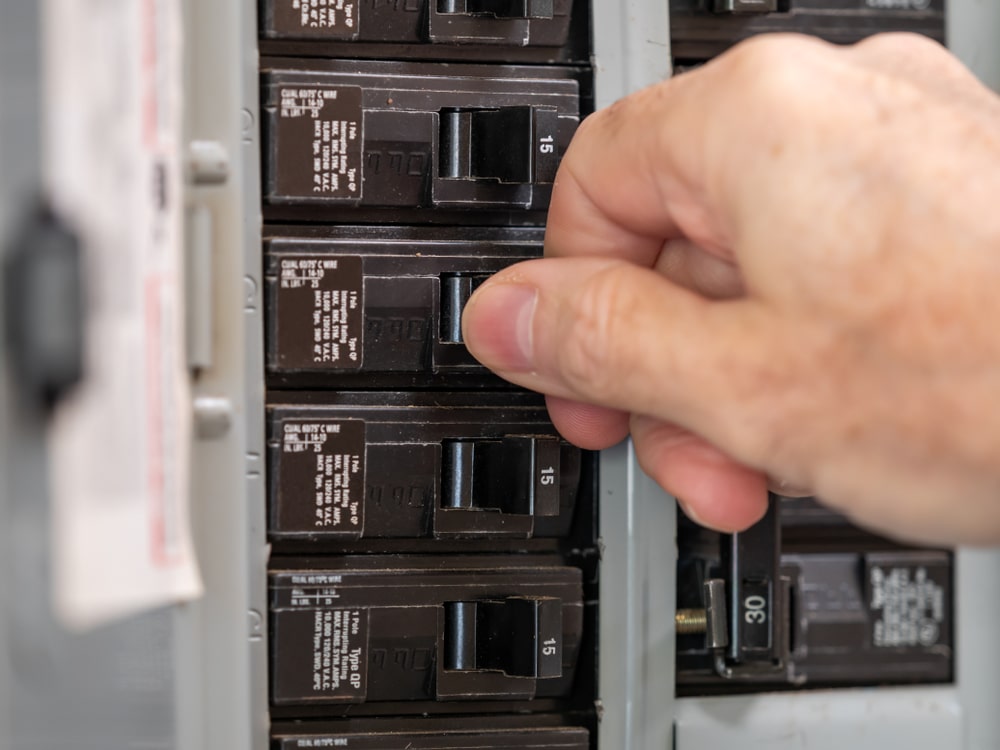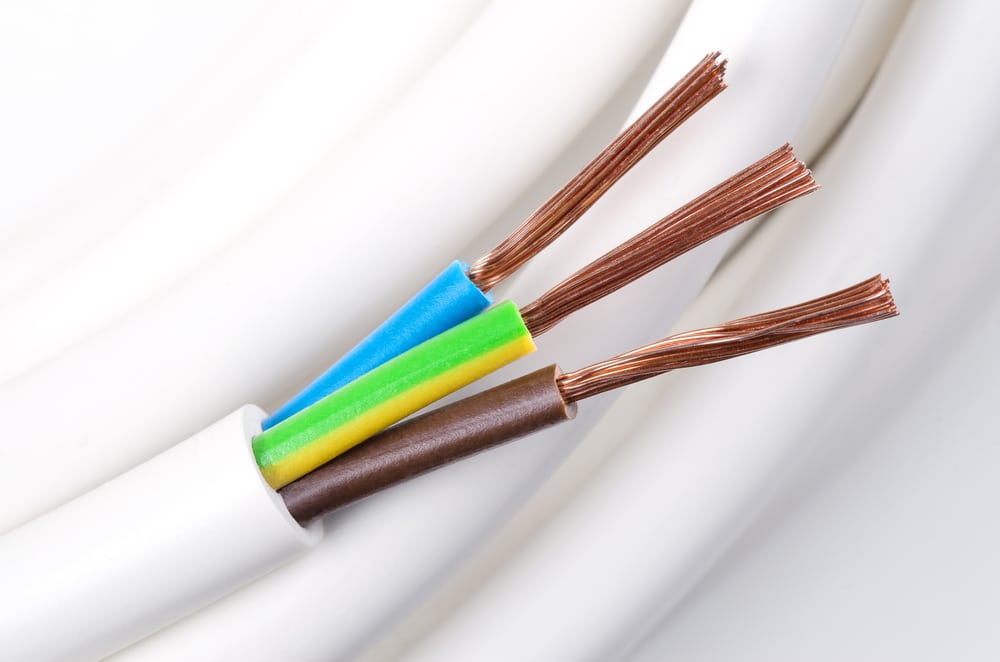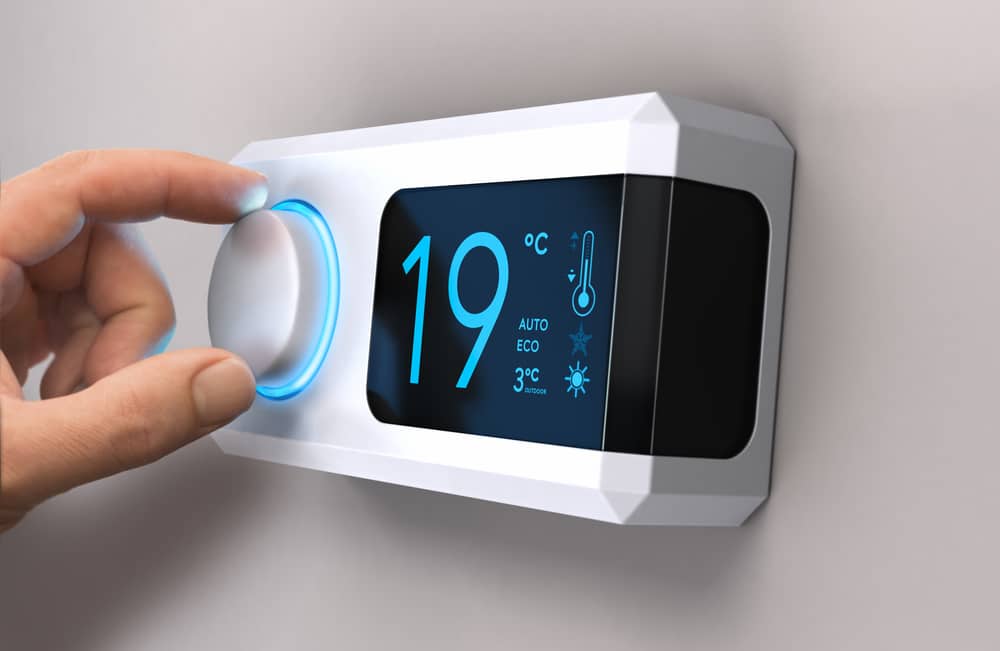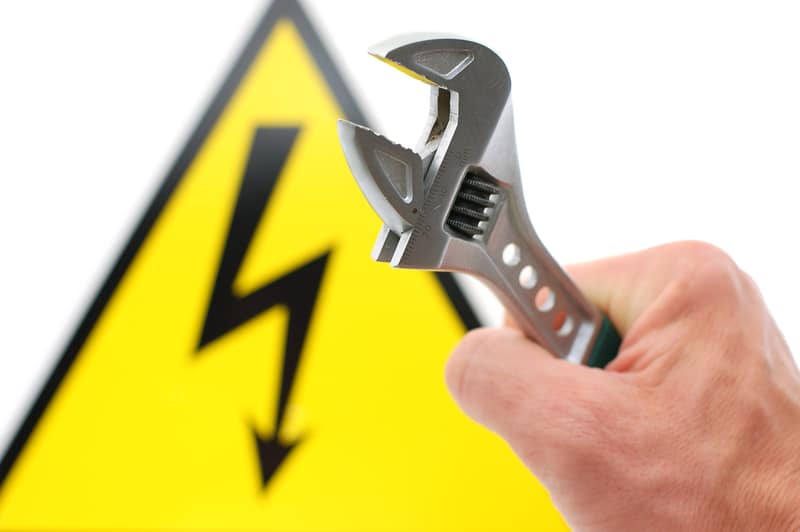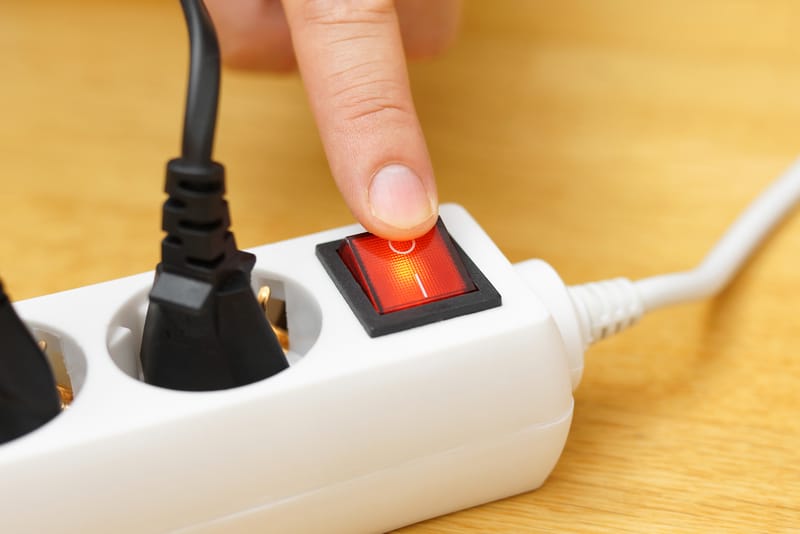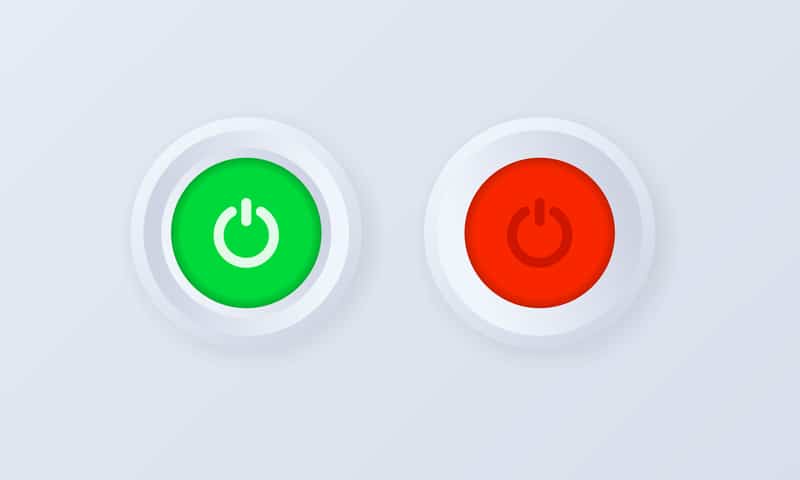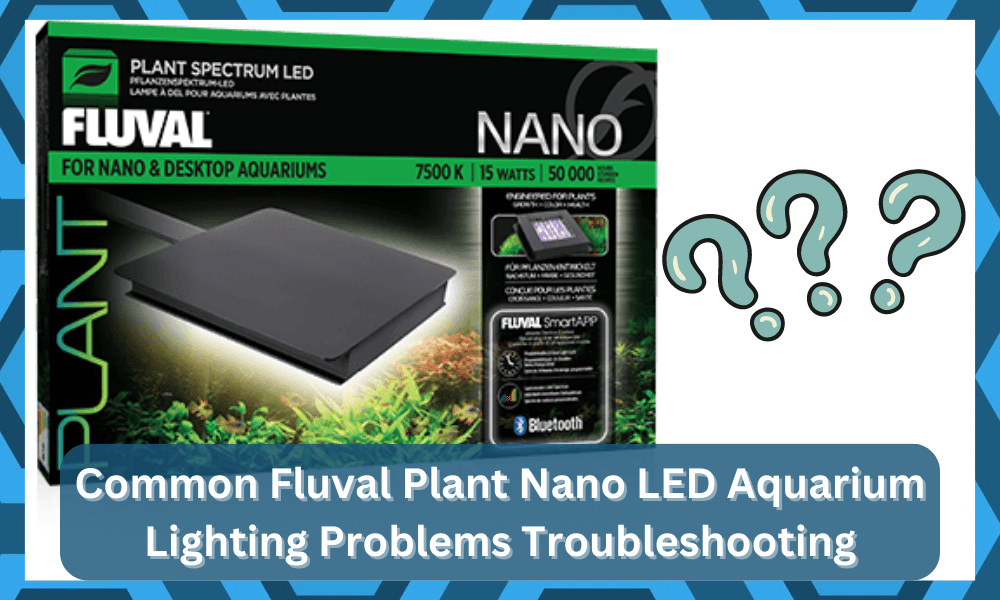
Reliable aquarium lighting can be challenging to find, but Fluval is one of the best brands. They have programmable lights with a 24-hour cycle.
Their nano LED aquarium lighting is integrated with unique band waves to ensure higher control over the light’s color.
In addition, its position can be easily adjusted, and over-the-glass mounting promises a secure grip. The light is designed with an aluminum hell that optimizes heat transfer.
Common Fluval Plant Nano LED Aquarium Lighting Problems Troubleshooting
It also promises protection from humidity and moisture. For this reason, the light has a smooth frame and offers 120-degree illumination for extensive coverage.
However, you should read about common Fluval plant nano LED aquarium lighting problems troubleshooting in case you want to purchase it and fix the minor issues yourself!
- Not Turning On
The aquarium lights are designed with multiple LED bulbs to make sure the light illuminates in water without any damage.
However, if the lights aren’t turning on, it can be alarming because you won’t be able to keep an eye on the fish and aquarium plants. So, if you want to fix this issue, try the following solutions;
Check The Installation
The aquarium lighting is installed to the power source with the help of an adapter. So, if the lighting isn’t turning on, you should check the light’s cable connection to the adapter.
If the cable is loose at any point or has cracks, you should replace the cable as soon as possible to regulate the flow of electrical signals.
To prevent a loose connection or other damages, don’t bend the cable too much.
Adapter
The adapter can get too hot if there is insufficient ventilation in the room where you’ve put the aquarium. So, when the adapter is overheated, the light will not turn on.
For this reason, we recommend that you touch the adapter, and if it seems too hot to touch, it’s better to turn off the light for a few minutes.
Once the adapter has cooled down, switch on the light, and it will work. To prevent an overheated adapter, you should place the aquarium in a well-ventilated room.
Power Supply
The nano LED lighting needs a high-voltage and steady power supply to make sure the light remains on. For this reason, you should ensure that the light’s power cable is tightly connected.
In addition to the cable, you must check the voltage on the main power board to make sure there are no voltage fluctuations.
In case the voltage is less than 220V, you should get in touch with the electricity provider to get the voltage fluctuation fixed.
Wiring
Another step is to check the wiring, such as exposed wires and loose connections. We recommend that you go through the entire installation to fix the wiring issues.
Keep in mind that you’ve to be extra careful about the solder joints because they are small and susceptible to damage. So, if the solder joints are damaged, apply the solder again.
In case nothing has worked, and there has been a power surge recently, it means that the light is damaged and should be replaced.
- Unable To Control The Light’s Intensity
Fluval is a full-spectrum LED light, which means the users can adjust the intensity of lights. However, if you are unable to control the light’s intensity, you should check the following points;
Loose Connection
A loose wire connection is one of the most common reasons behind issues with light intensity. For this reason, you should inspect all the cables connected to the light and tighten them.
Insufficient Current
If the aquarium lighting is not getting sufficient current or voltage, you won’t be able to adjust the brightness or intensity of the light.
This is why you should check the continuity of the light with a multimeter. If the current is less than the required limit, you should change the power outlet to fix the current issues.
However, if changing the power outlet doesn’t work, you must check the LED driver to make sure it’s working and isn’t damaged.
Thermal Runaway
If the issue is still there, thermal runaway might be the reason. Thermal runaway incurs when heat produced by the light increases beyond the threshold, leading to a failure.
So, if nothing works, it could be the reason, which is why we recommend contacting the Fluval customer support team to get a replacement.
- Lights Are Tuned Incorrectly
The LED light can be tuned to various colors by changing the intensity of blue, green, and red lights. However, if the tuning is not correct, it’s likely that voltages are lower than required.
You can check the voltage on the main power board and get it fixed by the electricity provider. On the other hand, if the voltage is already 220V, you’ve to ensure that the wires are connected properly and to the right ports.
In addition, make sure you reboot the light – you’ve to turn off the aquarium’s light for ten minutes and turn it back on.
- Poor Rendering Of Light Colors
If you have selected some colors for LED lighting, but they aren’t correct, or the illumination isn’t accurate, you must consider the following factors;
Semiconductor
The color output is dependent on the semiconductor. For this reason, when the illumination isn’t correct, you should replace the semiconductor.
Keep in mind that semiconductors can degrade over time, so purchase a new one with the same rating.
Mounting
If the LED light is mounted at the wrong beam angle, it will directly influence the rendering of light’s colors. In most cases, the colors will be distorted when the light is mounted too close to the glass.
For this reason, we recommend that you adjust the light’s angle in a way that it’s away from the glass.
Coating
The LED light sources are covered with a phosphor coating, and a filter is added to optimize the rendering. However, if the color rendering is incorrect, it indicates that the coating is chopped.
Since there is no method to redo the phosphor coating, you should get the LED light source replaced.
- Light Is Too Cold
If the aquarium light is too cold, it can impact the environment of the aquarium. This is because the cold lighting is often harsh on the fish and plants.
Unfortunately, the only solution for the cold light is to adjust the light’s color and choose a warmer color.
- Excessive Glare
The LED lights are meant to have a bit of glare. However, if the light produces too much glare, it can be overwhelming for the users as well as for the fish.
The immediate solution is to change the direction of the light. Since the light can be easily adjusted, it’s recommended that you turn it in the downward direction as water will diffuse the glare.
On the other hand, if you cannot change the direction of the light, it’s recommended that you change the light’s color. Ideally, you should use the low color temperature because it reduces glare.
- Lights Automatically Dims
If you have increased the brightness of the light, but it dims automatically, you should look for the following factors, such as;
Chip
If the LED chip is degraded, it will result in dimming. With time, the coating degrades because it’s constantly exposed to current and heat.
So, when the chip degrades, its ability to produce light will be impacted. So, we recommend that you check the chip and replace it if it’s damaged.
Power Supply
Insufficient voltage is one of the most common reasons behind dimming issues. This is why you should check the voltage and get it optimized with the help of an electrician.
Driver
If the voltage is already correct, the last potential reason is a damaged driver. A driver is responsible for converting alternate current into direct current.
So, if the driver fails to convert the current, the light won’t be produced sufficiently. For this reason, you should get it inspected and replaced by an electrician.
The bottom line is that these solutions will fix the dimming issues. However, if nothing works, it’s likely that the light is too old and has degraded.
- Flickering
The flickering light can be extremely irritating. In most cases, it happens when there are fluctuations in the current. LED light uses semiconductor chips to produce light. So, if the current passing through these chips is inconsistent, you should get it replaced.
On the other hand, if the semiconductor chip isn’t damaged, it’s possible that the environmental temperature is too high. So, try reducing the temperature of the aquarium.
Also, don’t forget to check the wiring connection of the lights because exposed or damaged wires can also cause an inconsistent supply of electric current.
- Not Turning Off
If you want to turn off the Fluval light, but it’s not turning off, you should make sure that the power button is in the “off” position.
If you’ve already turned off the power button, but the light is still on, it means that the capacitor is damaged and is releasing the stored energy even after it’s turned off. For this reason, you should contact the electrician.

